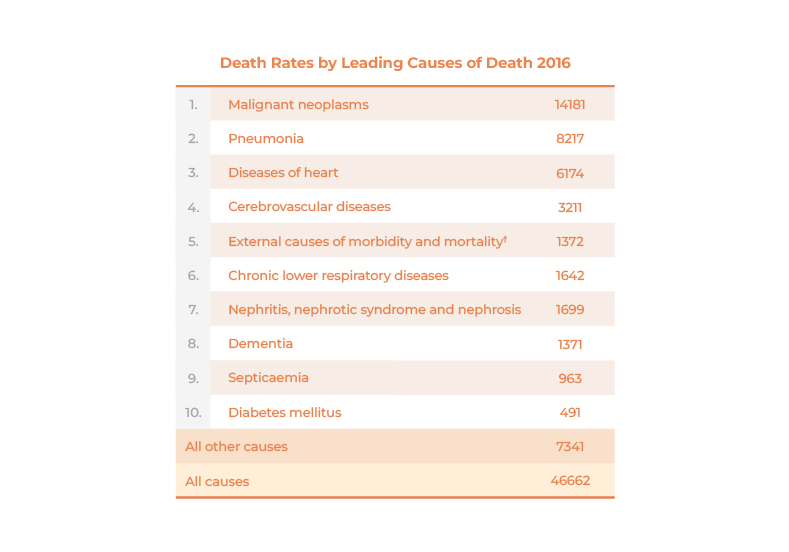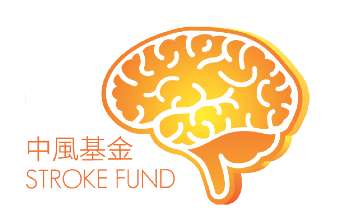What is Stroke?
Stroke is a cerebro-vascular disease and it also refers to the acute illness due to the rupture or blockage of blood vessels supplying the brain. It has also been medically known as cerebral vascular accident, which is a misnomer as stroke is not an accident but an acute manifestation of usually long standing pathology in the brain vessels. Brain attack maybe a better term used to refer to a stroke so that the urgency and serious consequences of stroke can be fully recognized/understood by the public.
Stroke occurs when blood supply to the brain is reduced or blocked for certain reasons leading to a sudden lack of oxygen in the brain cells, causing the brain to lose its function(s).
Every stroke is unique but it tends to affect people in similar ways including paralysis, unconsciousness, speech impairment, memory loss and damage in critical thinking ability. Worst case scenario is death.
Those who are fortunate to survive after a stroke may also suffer from different degrees of disability and physical limitation, which will affect one’s work and independence in life. Medical complications of stroke may also result in high frequency of hospitalization.
Types of Stroke
Stroke Symptoms
Stroke Statistics

Last revision date: 2017/04/07
Notes: The mortality figures in this table are based on number of “registered” deaths.
The disease codes according to the classification are shown in brackets.
†According to the ICD 10th Revision, when the morbid condition is classifiable under Chapter XIX as “injury, poisoning and certain other consequences of external causes”, the codes under Chapter XX for “external causes of morbidity and mortality” should be used as the primary cause of death.
*Revised figures.
#Provisional figures.
http://www.chp.gov.hk/en/data/4/10/27/380.html
